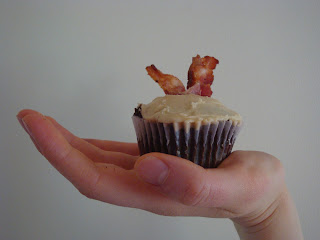 |
| Obolon Kvas |

Sunday night is the end of the week for a hard-working underpaid cook. Friday and Saturday night are spent standing over a charcoal grill, plating beautiful dishes that are whisked away to complete strangers. There is nothing more rewarding after this than to sit down and enjoy a meal cooked by someone else. Although I was too late to join in on dinner, I stopped by the Taste of Ukraine to join my restaurant friends for a drink. We all had an extremely positive experience, and I will soon be back to indulge in an entire meal.
The Taste of Ukraine is no newcomer to the Edmonton food scene, having been a downtown institution since 2004. They are warming up to their new St. Albert location very nicely, and are quite busy even on a Sunday night.
The beer list is small, but is composed entirely of authentic Ukranian selections. The Obolon brand produces a light and a dark variety, the former being an ideal accompaniment to a first course of deep-fried pyrohy and pickles. Yes, pickles.
 |
| Raspberry or Honey Pepper? |
Perhaps the most unique item on the beverage list was Kvas, a fermented beverage popular in Eastern and Central Europe. It is made from rye bread and flavoured with herbs or fruit (raisins, mint, strawberry, lemon, etc.), while the fermentation process add a distinct acidity. As a result, Kvas has very little alcohol (0.5-1%), and is an ideal beverage for designated drivers and others who choose not to drink. Commercial varieties tend to be produced more like soft drinks, and also include malt extract, sugar, and carbonated water. The Obolon variety served at Taste of Ukraine is reminiscent of a sarsparilla root beer – sweet and spicy with a subtle tartness.
 |
| Or just try them all... |
The Taste of Ukraine also makes their own house vodka – quadruple distilled, and flavoured with fresh fruits, herbs, and spices. The raspberry vodka makes a smooth introduction, and will beguile you to attempt the entire list. More adventurous palates may wish to sample the “honey pepper” variety, reminiscent of a fine scotch whiskey.







